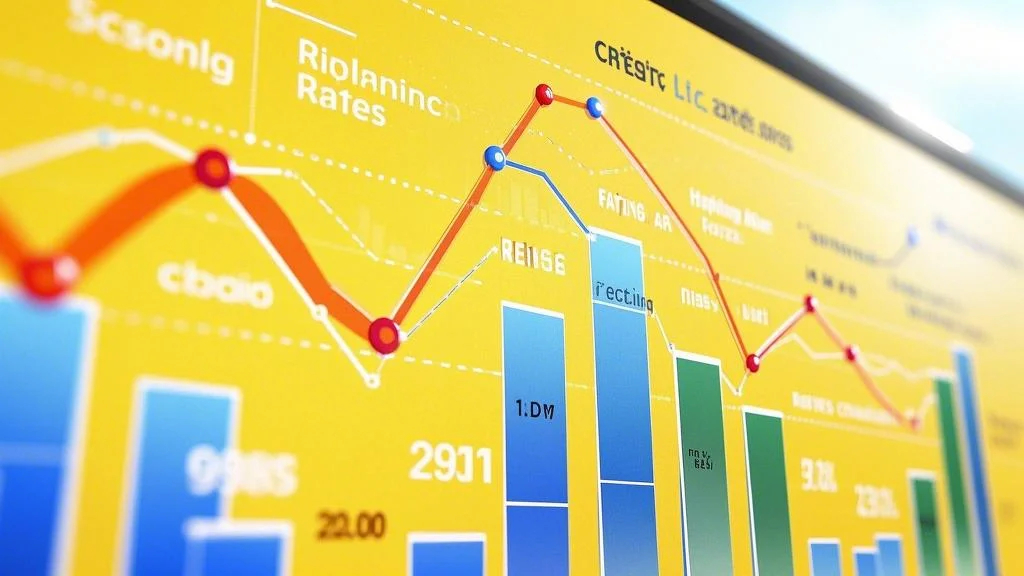The investment property market has always been a cornerstone of wealth creation and financial stability for investors worldwide. As we approach 2025, the dynamics of this market are expected to shift significantly, especially when it comes to refinance rates. Refinancing investment properties has long been a popular strategy for investors to unlock equity, reduce debt, or restructure their financial portfolios. However, the trends shaping the 2025 market are likely to introduce new challenges and opportunities.

One of the most critical factors influencing refinance rates in 2025 will be the state of the global economy. By then, the world may have started to recover from the lingering effects of the COVID-19 pandemic, but economic uncertainties could persist. Central banks are expected to maintain a cautious approach to monetary policy, which could impact borrowing costs. For instance, if inflation continues to moderate, we might see a stabilization or slight decrease in interest rates, making refinancing more attractive for investors.
Another key trend in 2025 will be the rise of technology-driven lending platforms. These platforms aim to streamline the refinancing process, reducing costs and increasing efficiency. Investors can expect a more competitive landscape, with lenders offering innovative products tailored to the needs of real estate investors. For example, some lenders may introduce dynamic interest rates that adjust based on the borrower’s investment performance, creating a win-win situation for both parties.
Geopolitical factors will also play a role in shaping refinance rates. Trade tensions, geopolitical conflicts, and energy price fluctuations could create volatility in the financial markets, potentially impacting borrowing costs. Investors should keep a close eye on global events and how they might influence the cost of capital in the coming years.
In addition to these macroeconomic factors, the demand for investment properties is expected to remain strong, particularly in urban and suburban markets. As more people seek rental housing and commercial spaces, the demand for well-located investment properties will likely increase, driving up their value. This upward trend could make refinancing a more attractive option for investors looking to leverage their existing assets.
Looking ahead to 2025, the investment property refinance market is poised for significant growth, but it will also require a strategic approach. Investors must stay informed about the latest trends and adapt their strategies to capitalize on emerging opportunities.
One of the most promising trends in 2025 will be the increasing availability of alternative financing options. Traditional banks and credit unions have long dominated the lending space, but alternative lenders, such as private equity firms and real estate-focused fintech companies, are gaining traction. These alternative lenders often offer more flexible terms and faster processing times, making them an attractive option for investors with unique financial needs.
Another trend to watch in 2025 is the rise of sustainability and green financing. As governments and organizations worldwide prioritize environmental sustainability, investors are increasingly turning to green investment properties. These properties are designed to meet energy efficiency standards and reduce environmental impact. Lenders are also likely to introduce specialized refinance programs for green properties, offering lower interest rates and other incentives to encourage sustainable investment practices.
Technological advancements will also transform the way investors approach refinance rates. Artificial intelligence (AI) and big data analytics are expected to play a pivotal role in predicting market trends and optimizing lending decisions. For example, AI-powered tools could help investors identify the best time to refinance based on historical data and forecasted market conditions. Similarly, blockchain technology could enhance transparency and security in lending transactions, reducing risks for both borrowers and lenders.
Investors in 2025 will also need to be mindful of the risks associated with refinancing. Rising interest rates, market volatility, and economic uncertainties could pose challenges for those looking to secure favorable loan terms. To mitigate these risks, investors should focus on diversifying their portfolios, maintaining strong financial health, and staying ahead of market trends.
In conclusion, the investment property refinance market in 2025 is expected to be both exciting and challenging. With new trends, technologies, and opportunities emerging, investors must stay informed and strategic in their approach. By leveraging the latest insights and adapting to the evolving market landscape, investors can position themselves for long-term success in the investment property market.